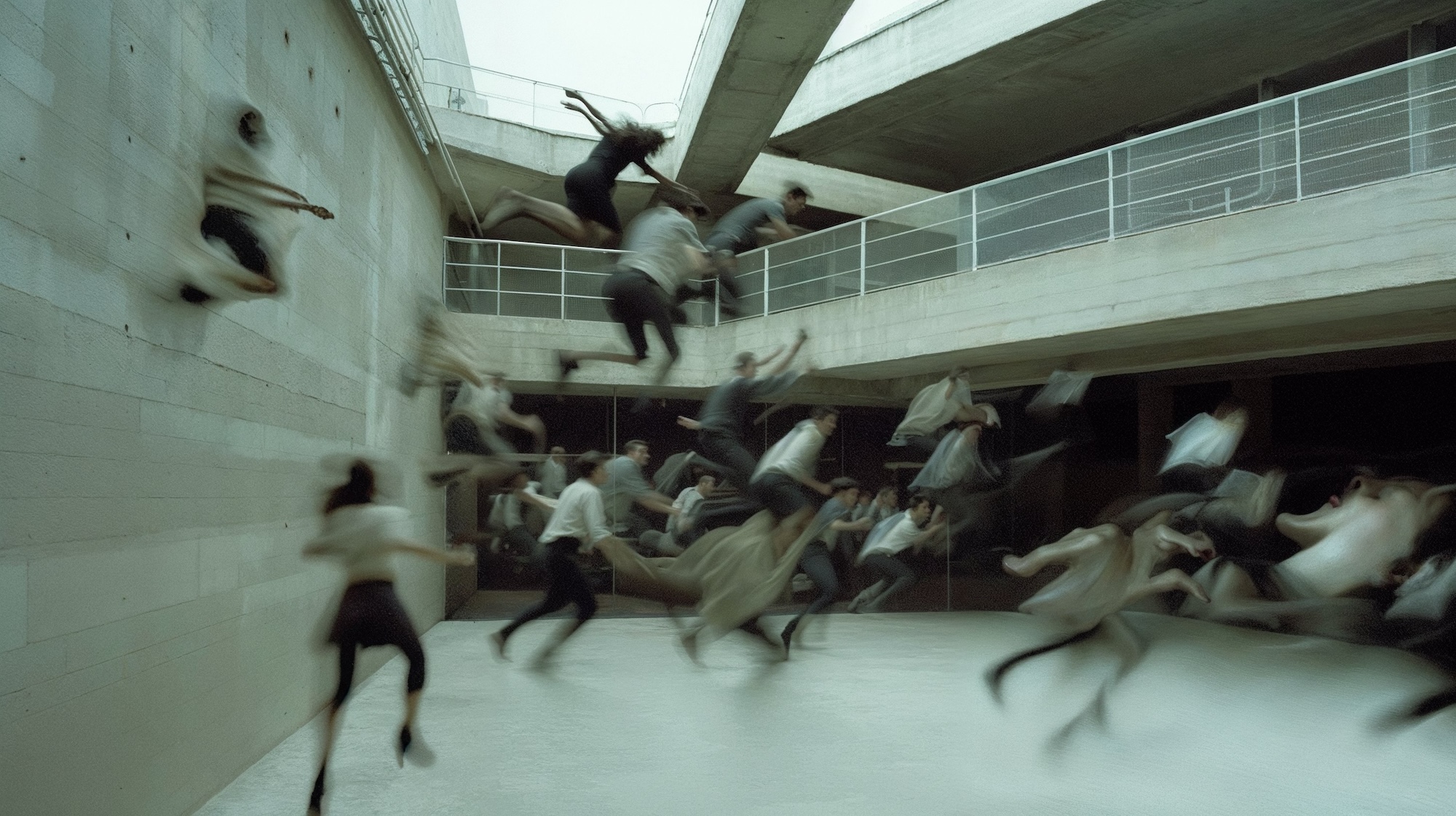today. With the rapid advancement of technology, the art world has witnessed a significant shift towards digital mediums. PIVOTAL: Digitalism celebrates this transformative era by showcasing groundbreaking digital artworks that push the boundaries of traditional artistic expression.
The emergence of digital art can be traced back to the 1960s, with artists like Nam June Paik experimenting with video art and computer-generated images. However, it wasn’t until the late 20th century and the widespread accessibility of computers that digital art truly began to flourish. Artists started using software and digital tools to create mesmerizing visual experiences that merged technology with artistic vision.
Today, artists are utilizing a wide range of techniques, including digital painting, 3D modeling, virtual reality, generative algorithms, and interactive installations to create immersive and thought-provoking artworks. Digital art allows for new forms of expression and an exploration of the relationship between humans and technology. It challenges traditional notions of medium and raises questions about authenticity, reproduction, and the role of the artist.
PIVOTAL: Digitalism showcases the diverse range of digital artworks being created today. From vibrant and dynamic animations to intricate digital sculptures, this section of British Art Fair 2024 offers a glimpse into the evolving landscape of contemporary art. By presenting these innovative pieces, the fair aims to foster a deeper understanding and appreciation for the intersection of art and technology.
In a world increasingly shaped by digital advancements, it is crucial to recognize the power of digital art in reflecting and commenting on our complex realities. Digitalism transcends traditional art forms and embraces the possibilities of the digital age. It provokes us to question our relationship with technology, society, and the very nature of creativity.
In the words of pioneering digital artist Manfred Mohr, “The computer creates the structure, and the structure allows freedom. This is the fundamental difference between a brush and a computer. A brush has no structure, it can be infinite; a computer has structure, but in each structure, you have infinite possibilities.” PIVOTAL: Digitalism presents these infinite possibilities and invites us to explore the dynamic realm of digital art.

